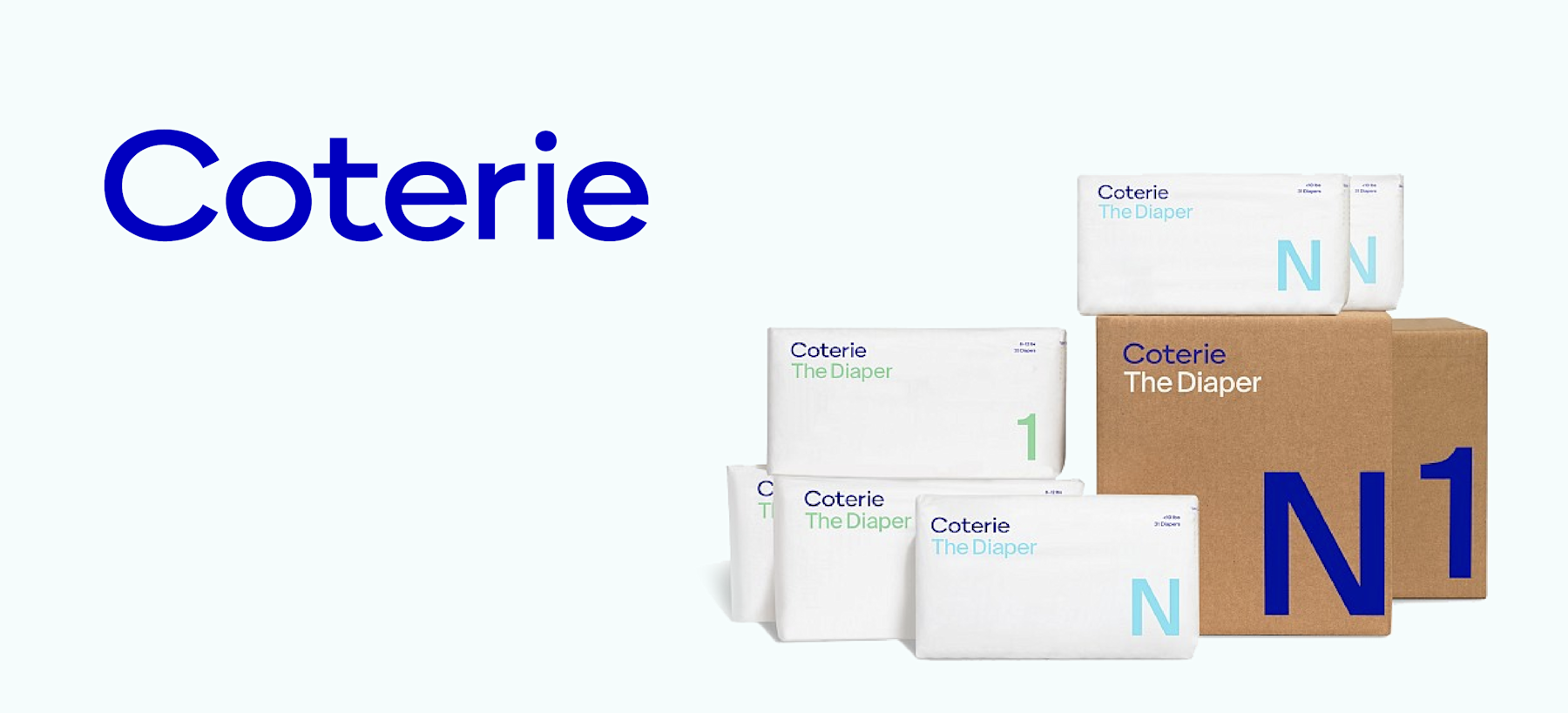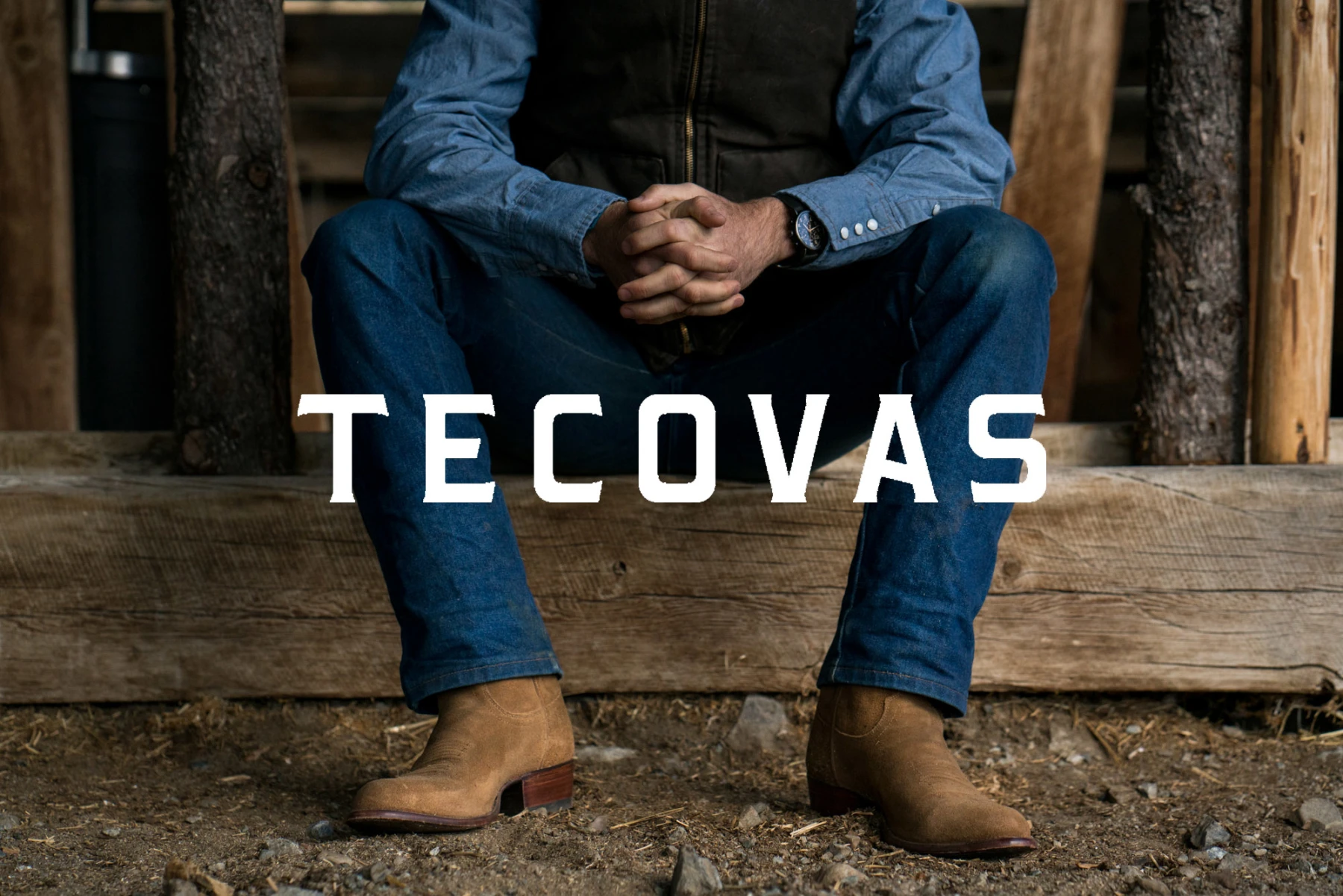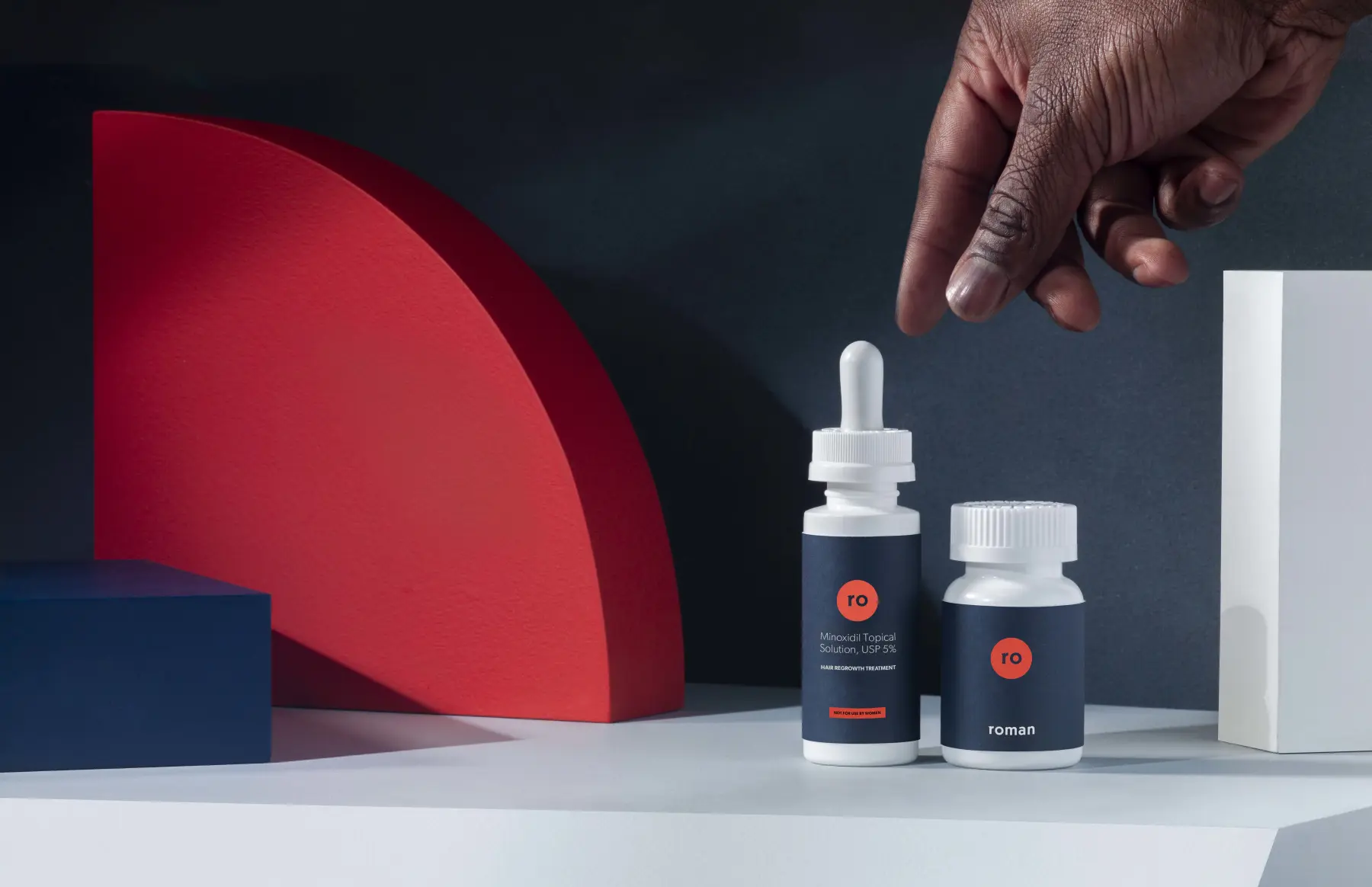
Marketing Minds: Coterie’s Ankur Goyal Cracks the Code on Data-Driven TV Acquisition
Ankur will be joining some of the industry's biggest names on stage at our annual TV Ad conference, Forward. Don't miss his insights on data-driven TV advertising! Register today!
"I think people assume that TV is an upper funnel channel, so it can’t possibly drive customer acquisition. That is wrong."
Founded in 2019, Coterie is a modern premium baby care brand offering diapering solutions aimed at simplifying life for parents. As SVP of Growth, Ankur Goyal is charged with turning new parents into loyal customers. We spoke with him to learn how Coterie is hitting their customer acquisition goals and how his journey from engineering to marketing helped pave the way for their data-driven strategy on TV.
Q: Can you quickly touch on your journey from data and engineering to marketing? How did you go from one to the other?
For me, data and marketing were always very linked. In high school I started reading a lot more about how big data was the future of marketing, and was enamored, for example, by the way grocery stores built unique user profiles through loyalty programs; to me that was just the coolest concept. I structured my education to cover both of these fields, studying Computer Science (which my real engineer wife calls fake engineering), while getting a marketing degree in parallel.
Q: How has your quantitative background helped you in your marketing career?
My quantitative background has helped in multiple ways. One really helpful aspect is that it allows our team to identify potential trends in disparate data sources. This enables us to quickly and affordably form and vet hypotheses about consumers, platforms, and so on, leading to better decision-making. Similarly, it has often prevented me from acting on hunches that were likely distractions because I could rule out certain theories or hypotheses with existing data. That said, a quantitative background is an asset, but it's not the full skillset. At the end of the day, you're still using data to try and understand how to communicate with and persuade people – which requires a very creative skillset.
Q: How do you define success when it comes to growth marketing? And do you see any differences between performance and brand marketing? The lines have seemed to blur.
Overall Revenue serves as our north star. Blended customer acquisition cost (CAC) combined with Volume and Customer Quality (e.g., certain rates of upsell and revenue retention) are key metrics specific teams also focus on.
You’ll notice that these are all blended metrics, because that’s all that truly matters. Individual pixel metrics are a great way to approximate the blended outcome, but they’re a means, not an end. I feel like this bifurcation of brand and performance can largely be traced to the teams that were solely responsible for pixel metrics rather than blended metrics. Once you’re optimizing for blended CAC over an extended period of time, the conversation rapidly moves to tactics that are highly incremental and persuade the most people.
Our brand is about making parents' lives easier and building products that are high-performing, clean, and of exceptionally high quality. And that’s not an accident; that’s our core mission because that’s what the market wants. Therefore, it’s not surprising that messaging those things is the most effective way to drive performance. Because of this, our brand and growth teams are both doing different but equally useful things to drive awareness and effectively position our brand.
Q: Coterie obviously has a very specific audience in mind. How have you used TV to reach your primary audience? And were there any differences between how you leveraged digital advertising and TV?
A lot of people are surprised when I say that we’ve found success reaching largely millennial women on linear TV. The reality is, a lot of people watch TV, even younger people. And a somewhat overlooked fact is a lot of streaming still picks up linear feeds (shh!).
We’re tapping into an audience segment that digital platforms often miss, and doing so more cost-effectively. That’s why we found TV to be so incremental. Admittedly, I have not quantified how much or how little overlap there is, but I do feel like the CPM, reach, and targeting dynamics of linear TV mean that we’re casting a much wider net.
One thing that is similar is the message; our core pitch on why you should buy Coterie is largely the same across channels. If you don’t know your product’s elevator pitch to consumers that gets them from “what is that” to “oh, I need that,” then I would recommend figuring that out in a slightly cheaper way before getting on TV.
Q: What are the primary goals of your TV ad campaigns, and how do you measure success?
New customers! We notice differences in new customer volume within 24 hours of any change in TV spend. Our post‑purchase survey pinpoints exactly how much first‑touch awareness TV is driving, and query volume tracks TV investment almost like clockwork. So when queries stray from their usual pattern, it’s a reliable signal that our TV spending may be out of whack.
Q: What are some common misconceptions about TV advertising, and how do you address them?
I think people assume that TV is an upper funnel channel, so it can’t possibly drive customer acquisition. That is wrong. Countless profitable brands were built on the back of TV advertising performing. However, if you don’t believe it can drive sales, you won’t optimize for sales, and TV will become the first casualty of budget cuts when it “fails.” TV works, but you need the right message.
Speaking of messaging, I believe marketers think the message on TV has to be very different from what’s used on other digital channels. The opposite is true! TV is a way to amplify your core message. For us, the winning message on social was also the winning message on TV.
Lastly, I think people believe you need a huge budget and Hollywood-style production just to test TV. Again, not true. We were able to produce our champion spot very cheaply. Sure, it needs to look a little higher quality, but you also don’t need a fancy studio to achieve good quality with camera technology where it’s at today.
Q: What advice would you give to brands new to TV advertising that may be hesitant to invest in TV?
Would you rather test TV now when things are going well enough and you have some time to figure it out, or would you rather test it when you’re backed into a corner and it absolutely needs to work and all your eggs are in one basket?
My advice on channel testing is that it’s always something you need to have to give you optionality. Do it when you don’t absolutely need it.
Q: What’s your all-time favorite TV commercial?
I would love my favorite commercial to reflect some amazing culmination of marketing strategy and execution and customer insights coming together to put together a spot that turned everything around for a brand, but unfortunately it’s not.
It’s literally a Sears commercial from the 90’s where the couple is sweating through a summer day and the AC is broken. The wife asks her husband if he’s called Sears and he says “I’ll call today.” And then they see a Sears truck drive by and he says, “I’ll call now.” I don’t know why my sister and I found that ad so hilarious growing up. We still say “I’ll call now” as a joke to each other nearly 30 years later.
I’m not going to extrapolate too much on the strategy behind that - but I can say it was a fantastic use of 15 seconds to get some great recall metrics (based on an extremely non-scientific sample of two kids on summer vacation) and make the point that you’re just a call away from getting your AC fixed by Sears. And the ad ran for multiple summers, so it must have worked.
Q: What’s your all-time favorite TV show?
I would probably be game to watch an episode of 30 Rock or Veep at any given point.
Coterie’s success with TV advertising highlights how brands can drive measurable performance with the right strategy. See how Tatari can help you see similar results.
Check our recent editions of our Marketing Minds series to uncover TV advertising strategies from Gusto and Veyl.

Michael Goldberg
I lead content at Tatari. When I’m not writing, I’m reading, watching The Office (again), hopelessly rooting for the Mets and Jets, and blasting heavy metal.
Related
Marketing Minds: Gusto’s David De Rosa Breaks Down Why TV is a Growth Channel
Tatari dives into the mind of Gusto’s Head of Paid Acquisition to talk everything from TV creative to TV measurement.
Read more
Marketing Minds: Branden Windle at Tecovas
Tatari sat down with Branden Windle, Co-Founder and Chief Marketing Officer at Tecovas, to learn more about his journey and experience with TV advertising.
Read more
Marketing Minds: Will Flaherty at Ro
Tatari sat down with Will Flaherty, VP of Growth at Ro to learn more about his journey and experience with TV advertising.
Read more


